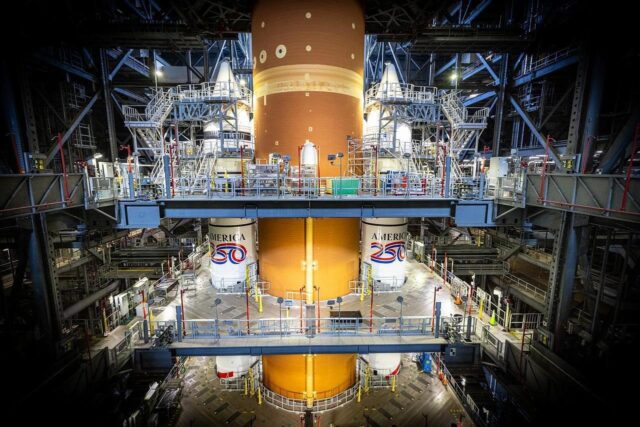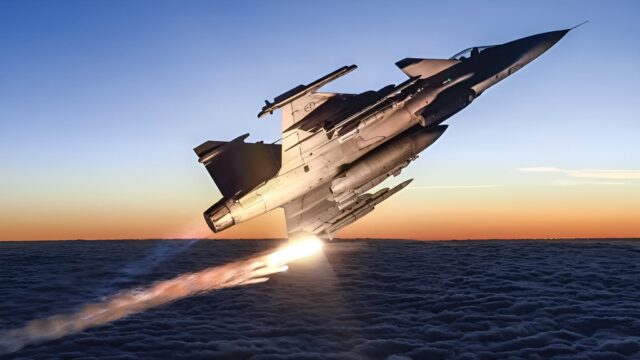Airbus reshapes its drone strategy to build a unified tactical UAS family

October 16, 2025
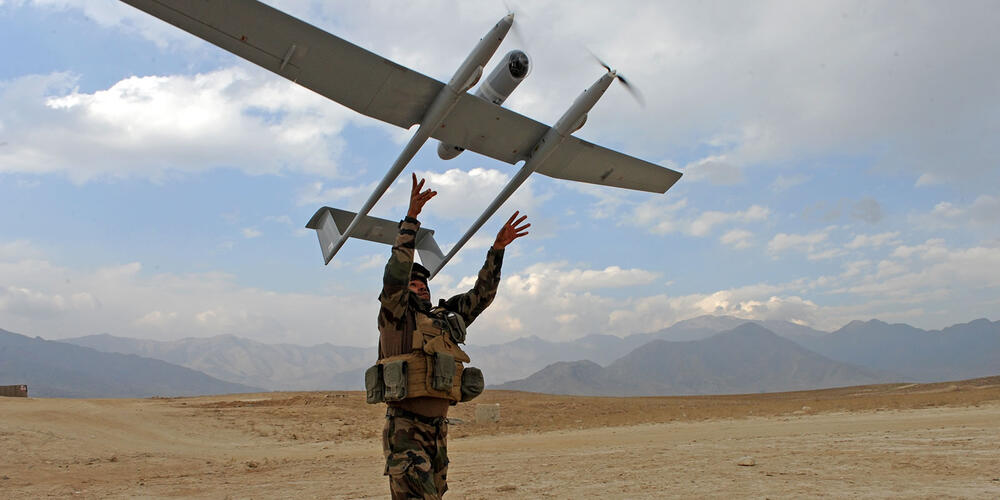
Airbus is reshaping its drone strategy and, in the process, sending a quiet but decisive signal about where Europe’s next frontier in defence technology lies.
The company announced on 14 October that it is merging its small and medium tactical uncrewed aerial systems (UAS), the Survey Copter, Aliaca and Capa-X, into a single, streamlined portfolio managed by Airbus Helicopters.
What sounds like an internal restructuring move is, in fact, a calculated step towards building a unified family of drones under one roof, consolidating years of fragmented development into a focused tactical offering.
“By incorporating Aliaca and Capa-X into our UAS portfolio, we are building a cohesive family of products and solidifying Airbus’ position as a market leader in the tactical drone segment,” said Bruno Even, CEO of Airbus Helicopters.
The move, he added, would “accelerate cooperation between drones and helicopters” through Airbus’ emerging crewed-uncrewed teaming or “HTeaming” solution.
Airbus creates tactical drone centre of excellence in France
The reorganisation places Survey Copter, a French company with nearly three decades of drone development expertise, at the centre of a newly designated hub for tactical UAS in southern France.
It marks the creation of what Airbus calls a “centre of excellence” for light and medium drone design, production and support, aimed at both defence and security markets.
Survey Copter has been building light tactical systems since 1996 and has delivered more than 300 units worldwide for both civil and military missions.
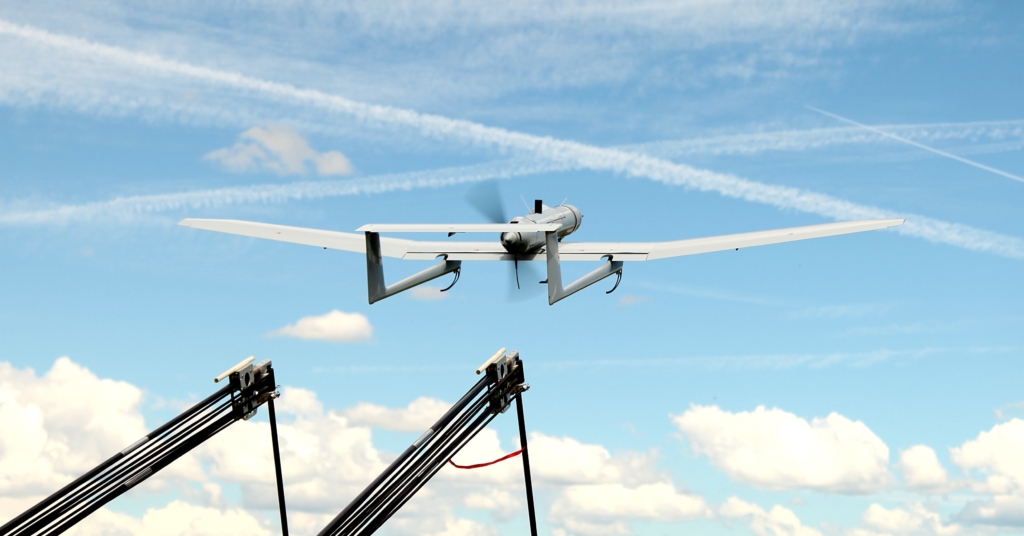
Its integration into Airbus Helicopters’ structure allows a cross-pollination of engineering talent and technology between crewed and uncrewed platforms, a synergy that Airbus sees as vital to the next generation of hybrid missions.
Uncrewed aerial systems are now a fixture of military and security operations, delivering high-resolution, real-time data for intelligence, surveillance, target acquisition and reconnaissance (ISTAR) missions.
They are also increasingly used by naval, border protection and firefighting agencies for long-endurance surveillance and rapid situational awareness.
Airbus builds cohesive tactical UAS family from 25 kg to 750 kg
With this portfolio alignment, Airbus has effectively built a scalable UAS ladder with small, medium and heavy tactical drones designed to operate across diverse environments.
At the lighter end, the Aliaca, weighing 25 kilograms and capable of six-hour missions, provides compact intelligence and imagery capability for quick-deployment forces.
The Flexrotor, of similar weight but capable of carrying up to eight kilograms of equipment for up to 12 hours, adds long-endurance flexibility.
Moving up the range, the Capa-X, a 120-kilogram drone with a 20-kilogram payload, offers modular adaptability for varied mission profiles, from battlefield reconnaissance to coastal surveillance.

The line culminates in the VSR700, a 750-kilogram multi-mission rotorcraft drone tailored for naval and cargo operations, designed with stealth and endurance for roles that increasingly mirror those of manned helicopters.
Taken together, this family gives Airbus a tactical drone ecosystem that can be deployed across land, air and maritime missions, allowing defence forces to scale capability depending on mission demands.
Airbus drone strategy supports Europe’s push for defence autonomy
While Airbus described the move as a “streamlining” of its tactical drone business, the timing underscores a broader industrial dynamic: Europe’s growing desire for strategic autonomy in defence technology.
The consolidation under Airbus Helicopters coincides with a surge in European drone demand, driven by lessons from the Russia-Ukraine conflict and the proliferation of small, expendable aerial systems in modern warfare.
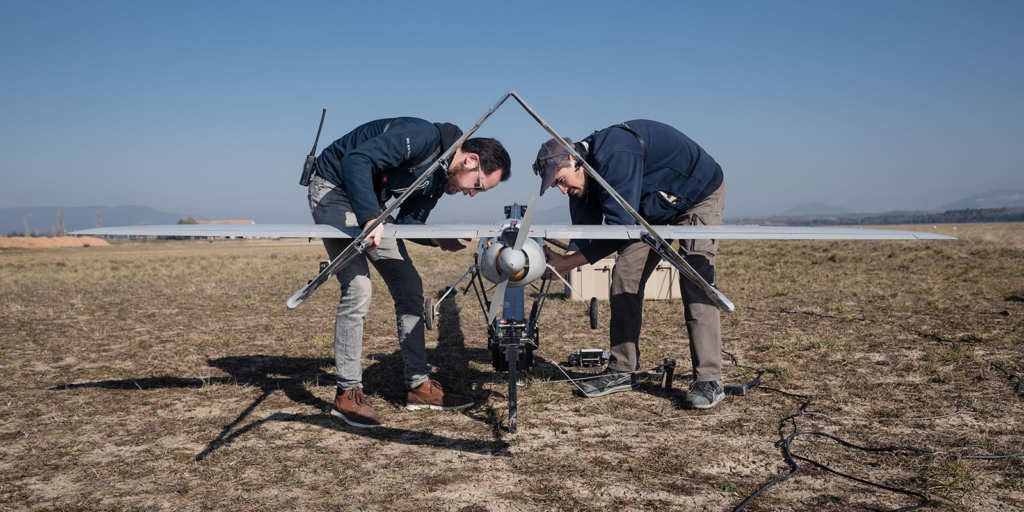
By tightening its tactical drone range and bringing it under a single command structure, Airbus is positioning itself as a counterweight to established American and Israeli manufacturers such as General Atomics and Elbit Systems that have dominated much of the UAS market.
The integration also enables Airbus to present a unified front when marketing to European governments seeking interoperable systems for NATO and EU missions.
Airbus HTeaming concept links helicopters and drones in joint missions
The most intriguing part of Airbus’ announcement lies not in the drones themselves, but in how they will work with manned aircraft.
Airbus’ “HTeaming” concept, which is short for helicopter teaming, allows helicopter crews to control and coordinate drones in flight, extending sensor reach and operational flexibility far beyond visual range.
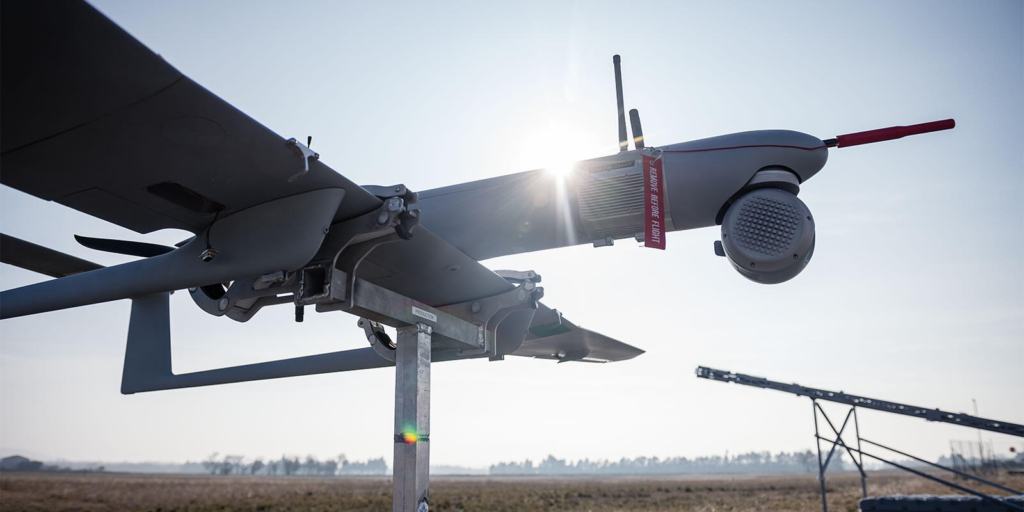
This concept transforms drones from passive observers into active force multipliers, capable of scouting targets, identifying threats and feeding data directly into cockpit systems.
Crewed-uncrewed teaming has become a central pillar of modern air combat design, pursued aggressively by the United States, France, and the United Kingdom. Airbus’s approach places this philosophy directly within its helicopter division, ensuring that every tactical drone can be integrated seamlessly into airborne operations.
Airbus uncrewed aerial systems span from battlefield to stratosphere
The streamlined portfolio complements Airbus’ broader UAS ecosystem developed by its Defence and Space division, from the Eurodrone, a large, long-endurance aircraft aimed at bolstering Europe’s defence sovereignty, to the SIRTAP tactical drone for day-night ISR missions, and the Zephyr, a solar-powered high-altitude platform designed for persistent surveillance in the stratosphere.
This layered approach from small tactical systems to high-altitude platforms reflects Airbus’ ambition to dominate every tier of the uncrewed aerial hierarchy.
It ensures that the company can offer customers an integrated surveillance and reconnaissance solution spanning both airspace and altitude.

